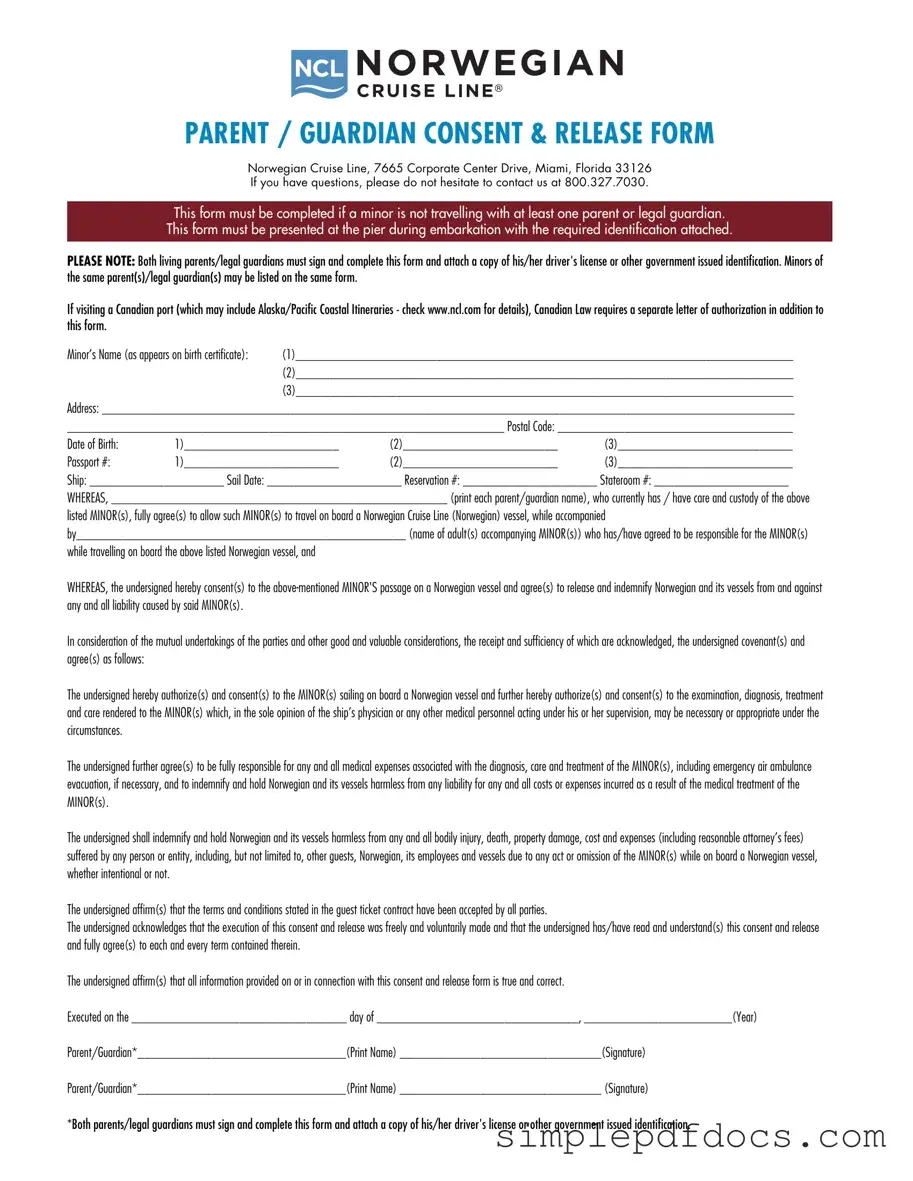Fill Your NCL Parental Consent Form
The NCL Parental Consent form is a document designed to obtain permission from parents or guardians for their children to participate in certain educational activities or programs. This form ensures that parents are informed about the nature of the activities and the associated risks. By signing, parents affirm their understanding and consent, thereby facilitating their child's involvement in the designated programs.
Get Document Here
